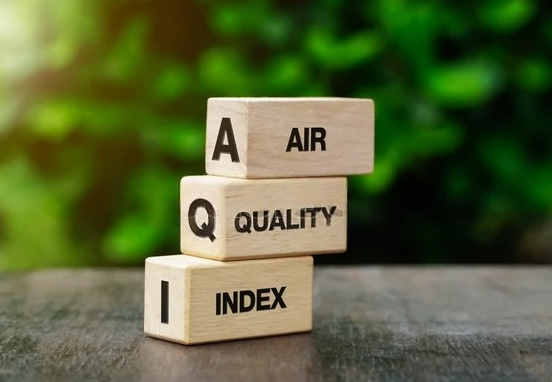

The Air Quality Index (AQI) is a numerical scale that measures air pollution levels based on concentrations of harmful pollutants like PM2.5, PM10, ozone, CO, SO₂, and NO₂. It categorizes air quality from "Good" (0–50) to "Hazardous" (300+) to indicate potential health impacts.
AQI is derived by measuring the concentration of key air pollutants, including:
The AQI scale is divided into six categories, each indicating different health risks:
| AQI Range | Category | Health Advisory |
|---|---|---|
| 0–50 | Good | Air quality is satisfactory, posing little to no risk. |
| 51–100 | Moderate | Acceptable, but sensitive individuals may experience minor discomfort. |
| 101–150 | Unhealthy for Sensitive Groups | People with asthma, heart disease, or children may be affected. |
| 151–200 | Unhealthy | Everyone may begin to experience health effects. |
| 201–300 | Very Unhealthy | Health warnings; significant risk to all populations. |
| 301+ | Hazardous | Emergency conditions; serious health impacts. |